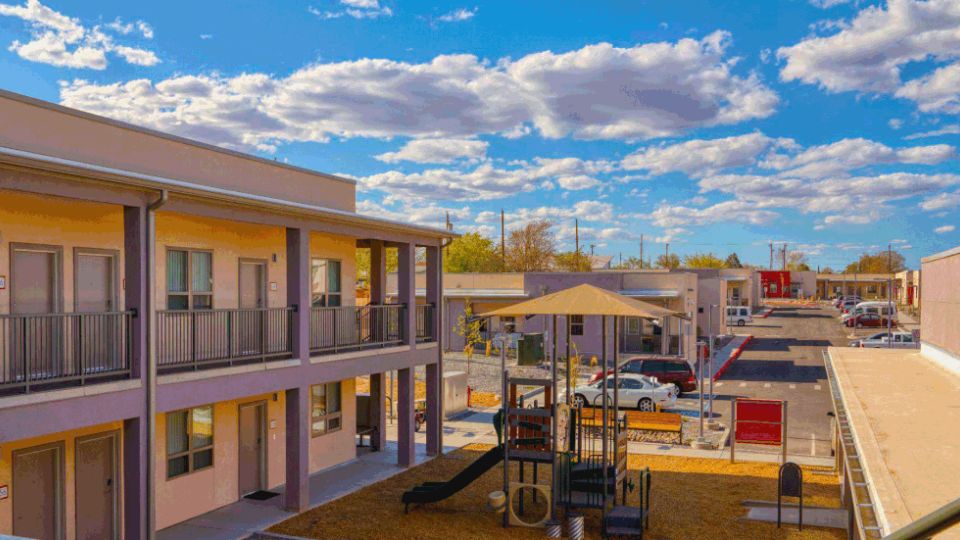In 2022, around half of renters in the entire country were considered cost-burdened. This means that they had to spend more than 30 percent of their income on rent and utilities. This information comes from the America’s Rental Housing Report of 2024, which was published by the Joint Center for Housing Studies of Harvard University.
Tennessee is mentioned three times in the report. It talks about how homelessness is increasing outdoors there. This is because housing is becoming more expensive and wages are not increasing enough to meet the demand. Tennessee responded to homelessness by making it a crime instead of prioritizing the construction of affordable housing for low-income households struggling with housing costs.
The National Low Income Housing Coalition (NLIHC) reports that around 69% of people in Tennessee with incomes at or below 30% of the area median income (AMI) are severely cost burdened. This means they spend over 50% of their income on housing. According to the NLIHC data, Tennessee does not have enough housing units for nearly 130,000 renters with very low incomes.
The NLIHC report provides a description of renters with extremely low income in the following manner:
- 35 percent of extremely low-income renter households are in the labor force;
- 22 percent are disabled;
- 26 percent are seniors;
- 4 percent are in school;
- 4 percent are single adult caregivers of a child under 7 years of age; and
- The remaining are listed as “other.”
The report clarified that there is some overlap among the categories. They found that 13 percent of extremely low-income renter households include a single adult caregiver. Additionally, 49 percent of those caregivers usually work at least 20 hours per week. Additionally, 10 percent of renter households with very low income are currently attending school. Out of those, 47 percent typically work for at least 20 hours per week.
Also Read: Disclosing the Best Suburbs of Los Angeles in 2024
The housing crisis is not limited to Nashville. Furthermore, multiple studies consistently demonstrate that the primary causes of homelessness can be traced back to the scarcity of affordable housing options for individuals with very low incomes. Simply put, if people who are not financially well-off spend more than 30 percent of their household income on housing expenses (such as rent or mortgage payments and utilities), they are more likely to cut back on other essential needs like nutritious food and healthcare. They go through situations where they don’t have a stable place to live and may be forced to leave their homes.
Homelessness in the United States happens because the systems in place don’t work well. There aren’t enough affordable homes, and people don’t earn enough money to cover their expenses. Individual problems also contribute, but they are not as important. When I speak with individuals who are homeless, I frequently hear them holding themselves responsible for their current circumstances. They understand that different situations can cause someone to become homeless. However, it is important to note that in communities where there are affordable housing options for low-income individuals, making a poor personal decision typically does not result in becoming homeless right away.
In countries in northern Europe, homelessness is less common because they have systems and safety nets in place. When homelessness does occur, it is usually due to individual circumstances. In Finland, the country made a decision to invest in housing that is affordable and also provide support services. As a result, the country has almost completely eliminated homelessness.



Leave a Reply